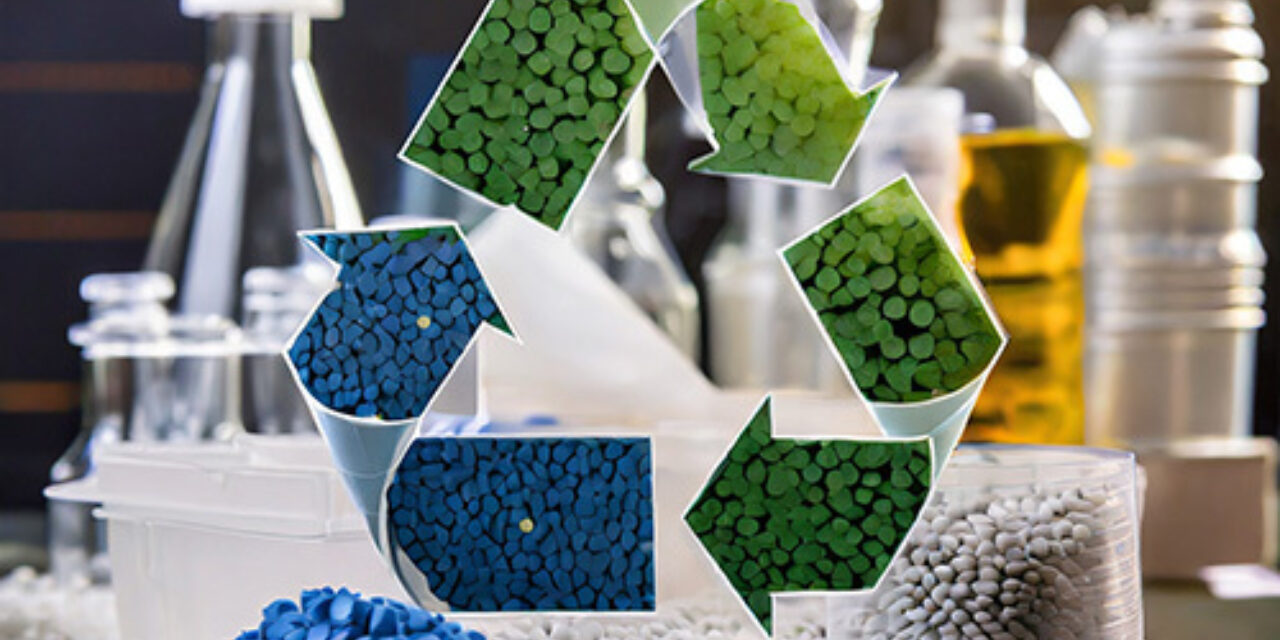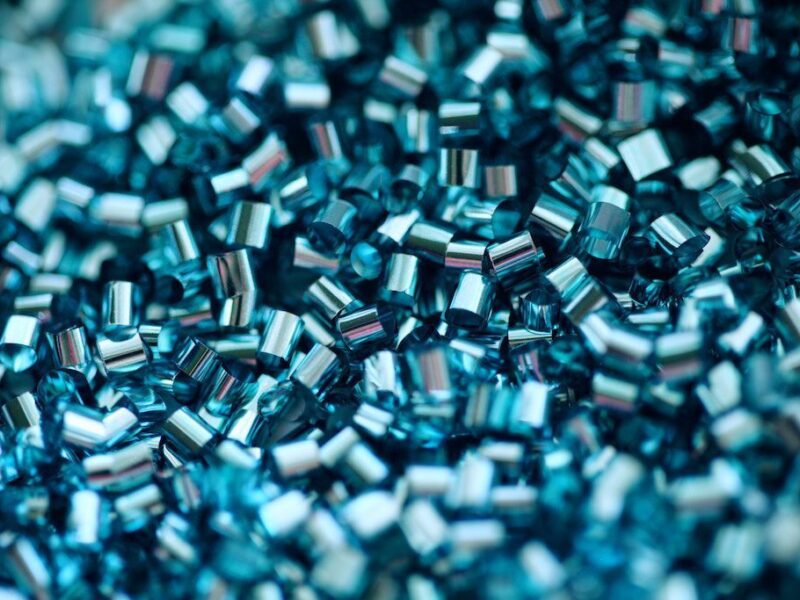

October 19, 2023
Objectively measuring odours
Practical insights - Innovative technology for odour assessment in manufacturing using recycled plastics
- Qualität
- Geruchsprüfung
- Rezyklateinsatz

October 19, 2023
Practical insights - Innovative technology for odour assessment in manufacturing using recycled plastics

3S GmbH positions itself as an innovative technology company specializing in gas measurement technology. One application of 3S technology is odour-based quality control of products or components in manufacturing. The company employs a modular platform strategy, allowing the AI-based odour assessment to be adapted to various scenarios (textiles, leather, plastics, recyclates, etc.) through appropriate parameterization of evaluation algorithms, making it highly versatile. In recent years, a platform product, the OdorCheckerSpot (OCS), has been optimized in collaboration with a German premium OEM for auditable control and operation, efficient process flows, and measurement capability. This optimization allows for process-safe odour assessment of interior components (using an intensity scale) closely aligned with VDA270 standards.
For about a year, 3S has consistently focused on using the OCS specifically in the field of plastics and, notably, in recycling (post-industrial and post-consumer). This approach addresses current challenges in improving odour quality and demonstrates the fulfilment of future odour quality requirements. The OCS operates based on temperature-modulated gas sensors, whose signal patterns are assigned to an odour intensity level through AI-based evaluation and comparison with structured training patterns in databases. Human sensory panels serve as the reference for odour intensities. In practical operations, the OCS offers several advantages over the two alternatives: human sensory panels (using reference measurement technology in the production process) and chemical analytical measurement devices.
Compared to human sensory panels, the OCS offers the advantage of objective and significantly more reproducible measurements (deviation < 0.2 intensity levels versus up to 0.5 for panels) and is available 24/7. Moreover, working with the complete solution often becomes cost-effective with just a few hundred measurements per year, depending on the number of different teach-ins. Compared to analytical solutions, the OCS provides substantial benefits in practical application and implementation of technical odour assessment due to significantly lower investment costs (by a factor of 2-3) and much lower operating costs (operation does not require highly qualified personnel) and very simple handling. The disadvantages associated with the less expensive measurement technology (compared to costly and complex analytical systems) such as limited selectivity and detection of low-volatile odour molecules, are negligible in practice. First, the human olfactory impression is the perception of a gas mixture as a whole, and the device is trained specifically for the mixture (by measuring graded odour samples as a reference). Thus, no spectral resolution of the gas mixture is needed. Second, the human olfactory impression is mainly formed by the high and medium volatile gas components of a mixture (similar to the top and heart notes of a perfume) rather than the low volatile gas components (similar to the base notes of a perfume) (see, for example, the structure of a perfume at Parfimo GmbH).
Additionally, chemical analysis typically lacks a standard correlation between the measured gas spectrum and the olfactory impression, requiring an external correlation without standardized solutions. Therefore, the OCS positions itself as the optimal solution for highly available and production-accompanying odour testing of products and components.
If you have questions or suggestions, please contact me!

